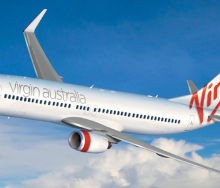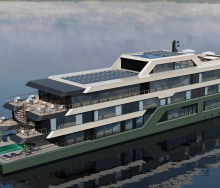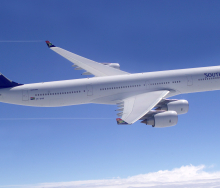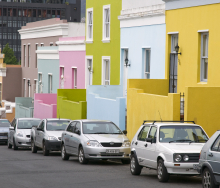After welcoming over two million international visitors for a fourth consecutive month, Japan’s Tourism Minister announced new preventative measures to combat the impact of overtourism.
Currently standing at 96% of its pre-pandemic tourism visitor levels, Japan is facing challenges with pollution, road safety and maintaining the quality of local citizens’ lives as traffic jams, overcrowding and vandalism plague cultural sites such as Mount Fuji.
Now, authorities have outlined plans to mitigate the negative effects of mass tourism, including boosting transportation systems in major cities and encouraging visitors to diversify destinations, reports euronews.com.
One plan is to improve and expand transport infrastructure, in particular bus and taxi fleets, to better cope with visitor numbers in popular destinations. Taxi companies and buses in certain hotspots are struggling to meet the demand. Alternatively, the authorities have suggested increasing transport prices during peak time to encourage visitors to travel during non-peak hours.
Another initiative being supported by authorities is the promotion of 11 less-popular natural and rural attractions including Ise-Shima in Mie Prefecture and eastern Hokkaido. The tourism ministry is encouraging these smaller destinations to find their own unique ways to attract more tourists, therefore spreading tourism away from overcrowded spots including Tokyo and Kyoto, according to japantimes.co.jp.
In a separate initiative, Hatsukaichi, a city in west Japan’s Hiroshima Prefecture, is implementing a new tourist tax. The city is home to the centuries-old Itsukushima Shrine, one of Japan’s Unesco World Heritage Sites. Since the beginning of October, visitors to the shrine on Miyajima Island have been charged a JPY100 (R12,76) fee.















